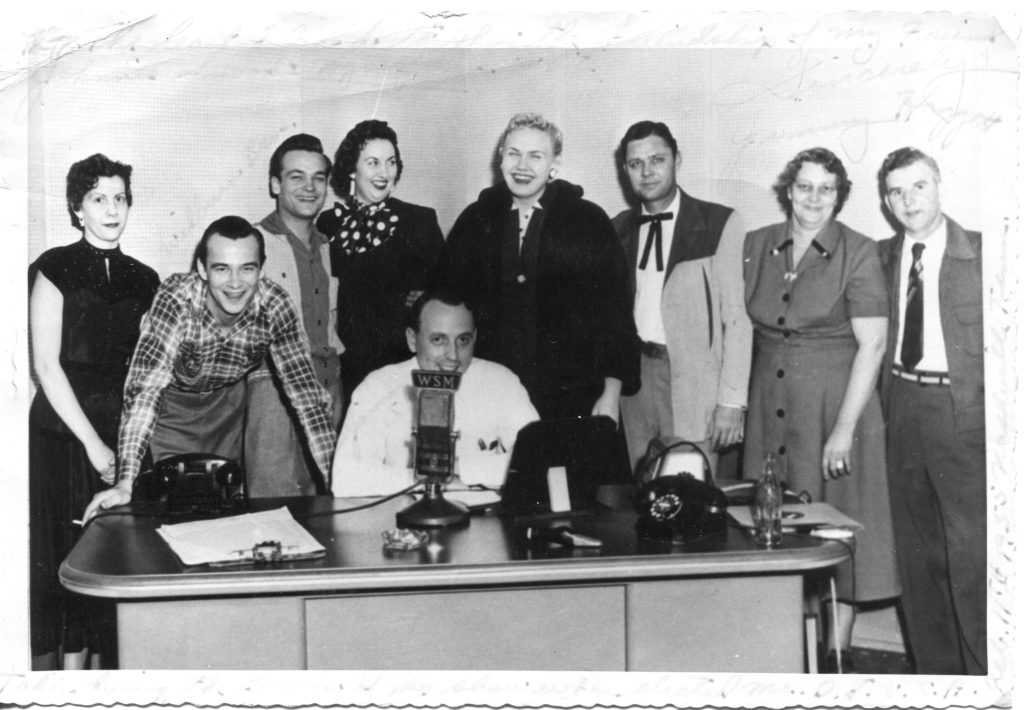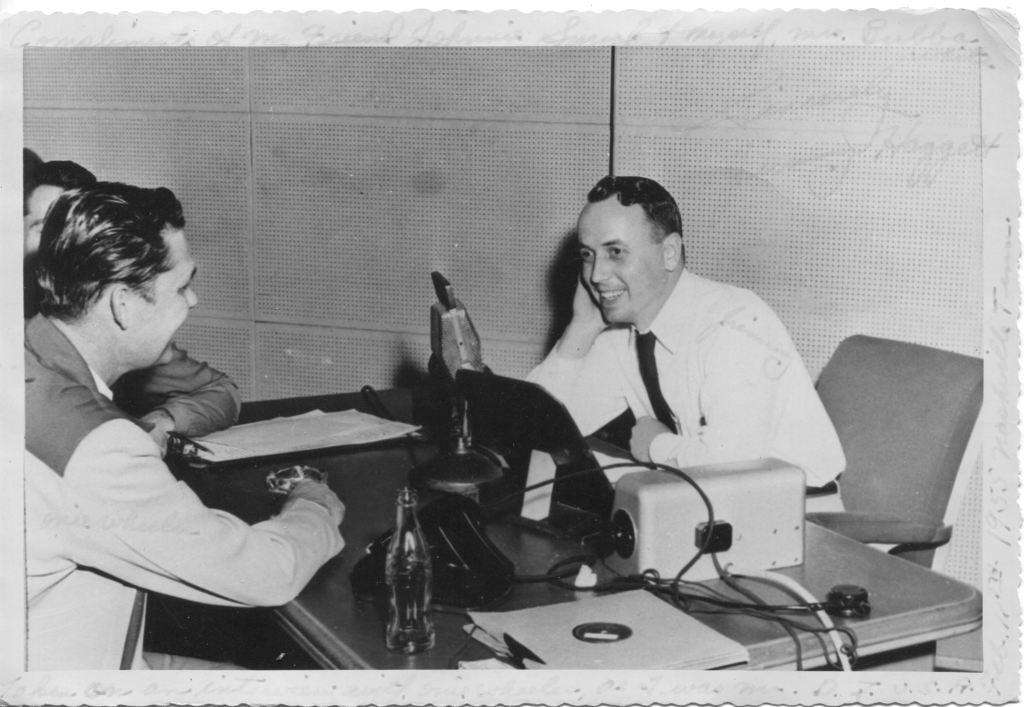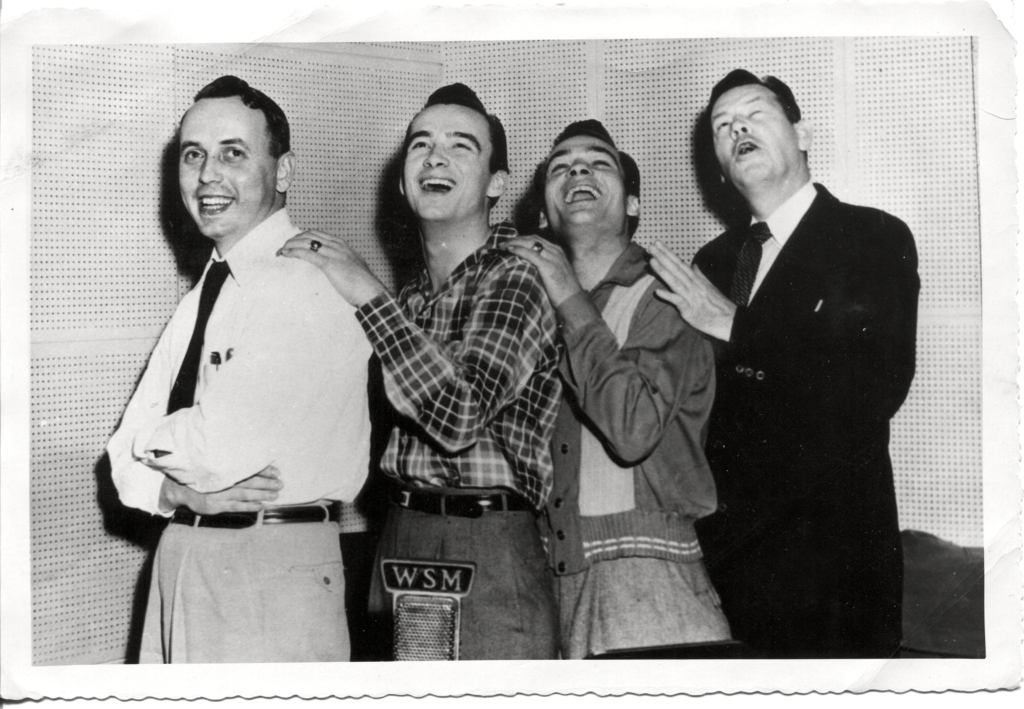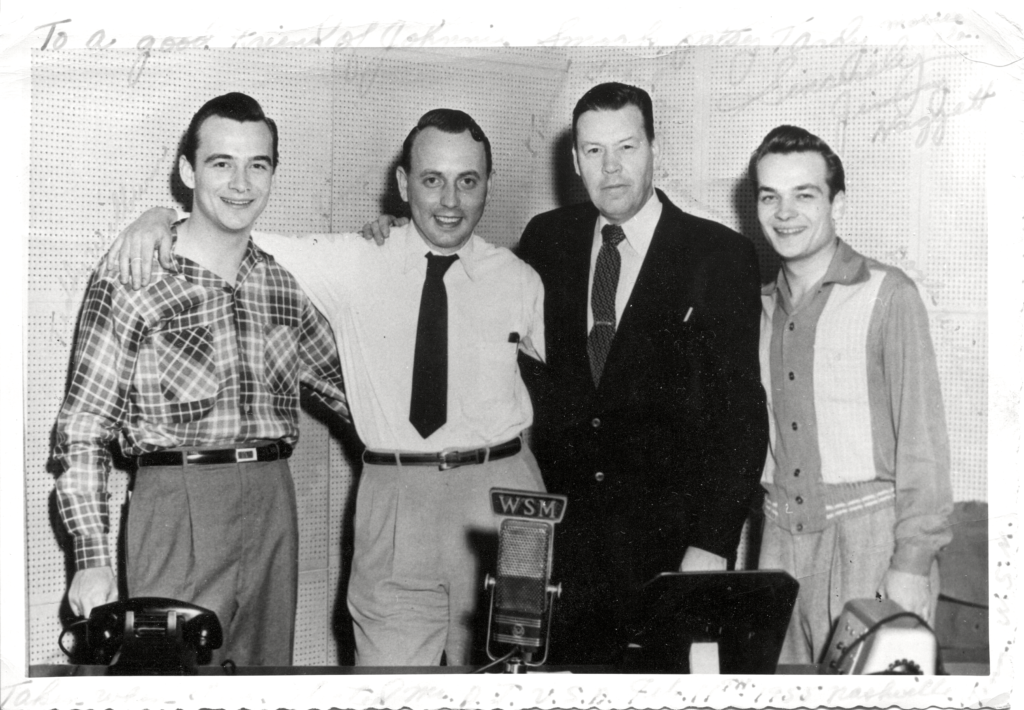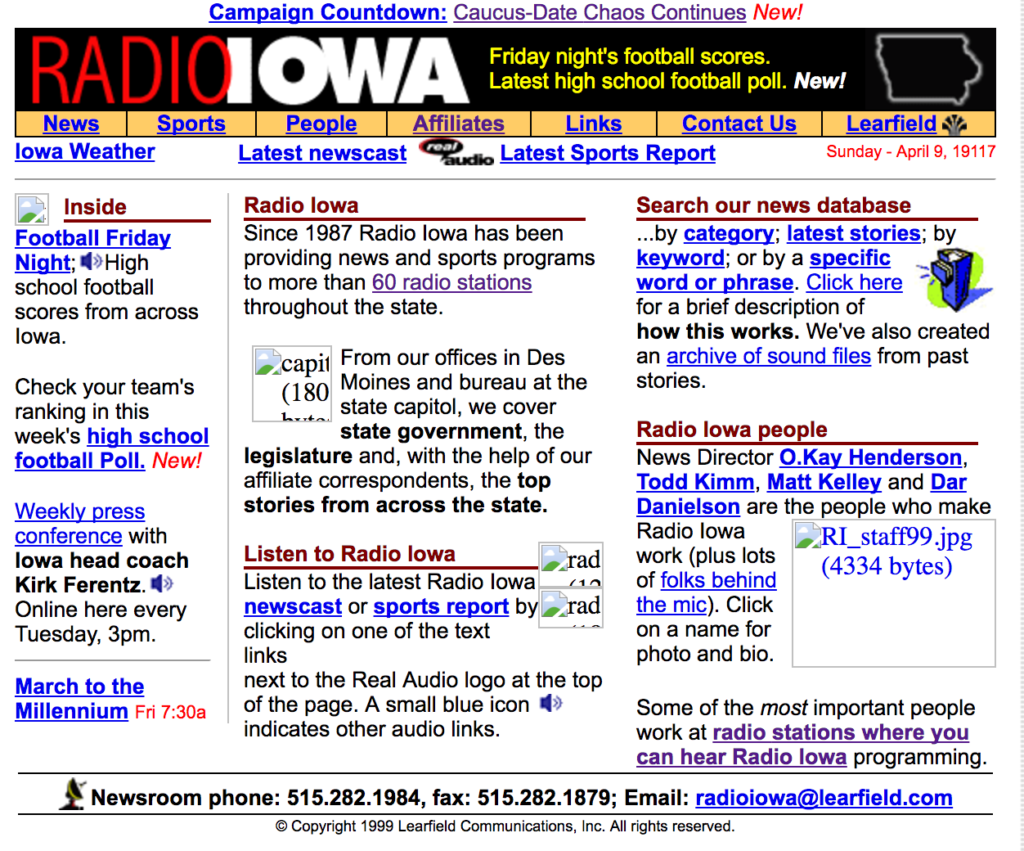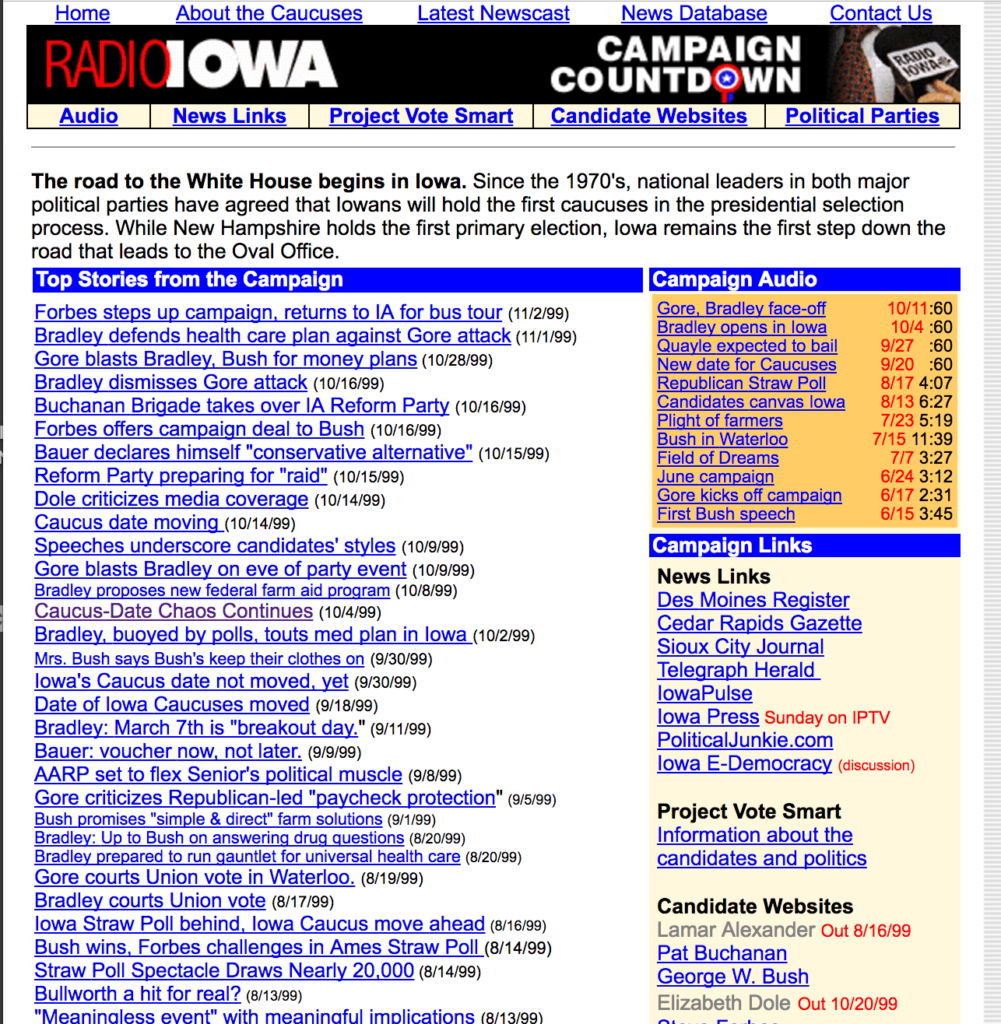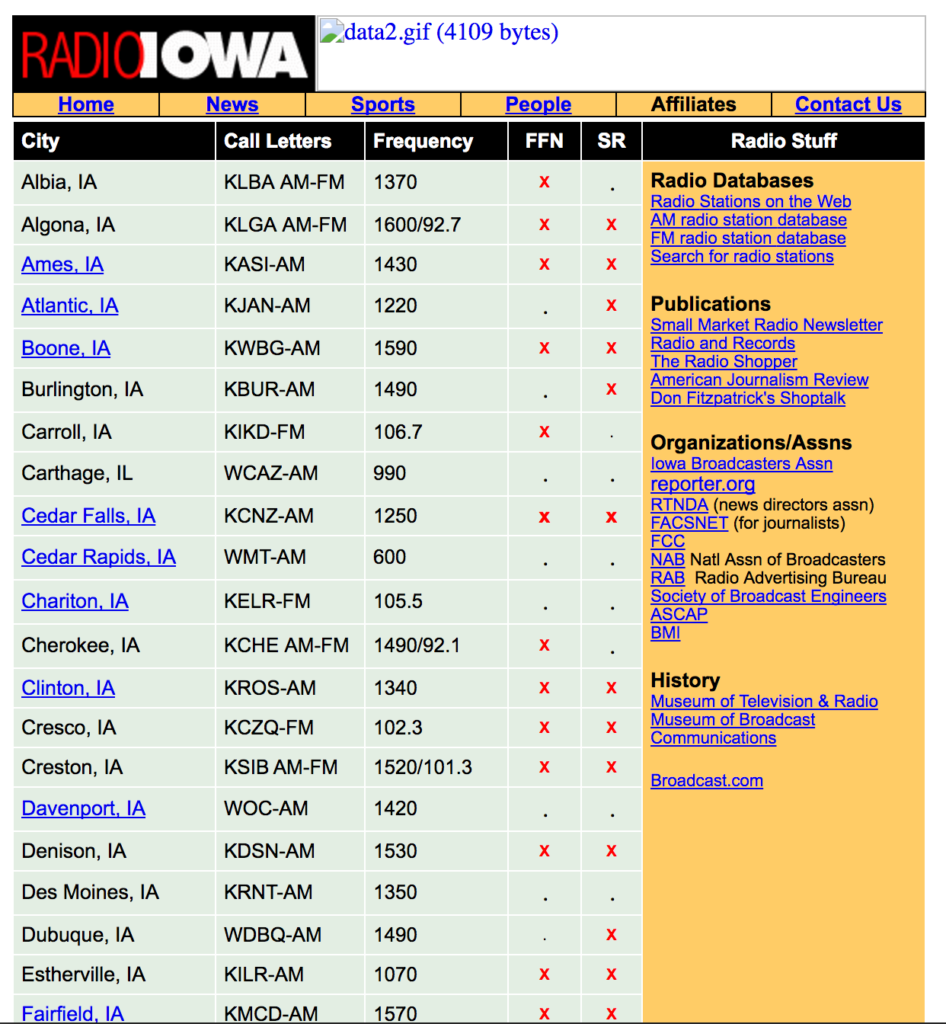“News is bad for you – and giving up reading it will make you happier.” That’s the main idea in an essay by Rolf Dobelli (The Art of Thinking Clearly: Better Thinking, Better Decisions). I’ve had that feeling (in my gut) for a while now and stopped watching TV and cable news a fews months ago. Stopped listening to radio news as well. Gave up Twitter. All I can tell you is, I feel better.
Mr. Dobelli makes some interesting points. A few of my favorites:
News is easy to digest. The media feeds us small bites of trivial matter, tidbits that don’t really concern our lives and don’t require thinking.
Unlike reading books and long magazine articles (which require thinking), we can swallow limitless quantities of news flashes, which are bright-coloured candies for the mind.
Out of the approximately 10,000 news stories you have read in the last 12 months, name one that – because you consumed it – allowed you to make a better decision about a serious matter affecting your life, your career or your business.
The relevant versus the new is the fundamental battle of the current age.
The more “news factoids” you digest, the less of the big picture you will understand.
Thinking requires concentration. Concentration requires uninterrupted time. News pieces are specifically engineered to interrupt you. They are like viruses that steal attention for their own purposes. News makes us shallow thinkers.
Not sure what to make of the fact I found this on The Guardian website. A news organization.

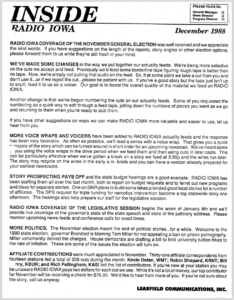 This has such a Pony Express feel to me, here in 2017. The idea of a monthly, printed newsletter seems… quaint. But I recall almost every company and association doing a monthly (sometimes quarterly) newsletter. Somebody spent hours writing these things, often with multiple managers “signing off” before they went out.
This has such a Pony Express feel to me, here in 2017. The idea of a monthly, printed newsletter seems… quaint. But I recall almost every company and association doing a monthly (sometimes quarterly) newsletter. Somebody spent hours writing these things, often with multiple managers “signing off” before they went out.